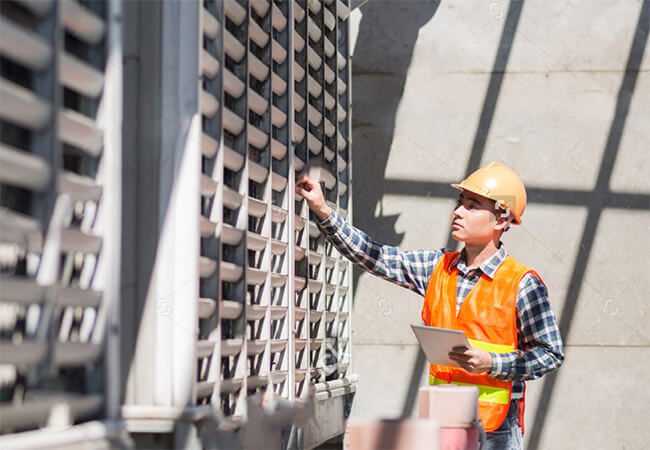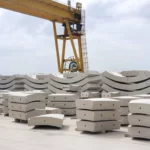STRUCTURAL EVALUATION PROCESS
The structural evaluation process is a critical step in assessing the safety, integrity, and
performance of buildings, bridges, and other structures. It involves a systematic and
thorough examination of the structure to determine its condition, identify potential issues,
and make informed decisions regarding maintenance, repairs, or upgrades.
Here’s a general outline of the structural evaluation process:
The following circumstances may necessitate an evaluation of a structure:
a) Structures are susceptible to shocks, fire, excessive or inappropriate loading, etc.
b) Buildings that exhibit obvious symptoms of distress or degradation, such as severe concrete spalling or cracking, corrosion of the reinforcing bars, member bending or rotation, etc.
c) Structures whose design, detail, substance, or construction are in question.
d) Concerns remain regarding the original design standards and safety against future
loading.
e) After a change in use or occupancy.
f) After repair or strengthening.
The following levels can be used to evaluate a structure:
Stability of the entire building as well as the stability of specific structural elements.
Strength and security of each structural component.
Both the overall structure’s and each structural element’s stiffness.
Individual structural components’ susceptibility to excessive long-term deformation.
reaction dynamics of individual structural components.
structure’s ability to endure.
Structure’s ability to withstand fire.
Adaptability of the building
The following are the most typical steps in structural evaluation:
Determining the building’s current state entails:
Examining the building’s information that is currently available.
Analysing the building’s state of repair.
Identifying the origin and rate of development of current distress.
Determining the extent of the necessary repair.
choosing the structural components that demand careful analysis.
evaluating the loading conditions that the structure has been subjected to in the
past, the present, and the future because of the intended use.
Assessing the outcomes.
One of the following formats for reporting the findings is possible:
The structure is adequate for normal use over its anticipated life if properly maintained in
accordance with the following criteria:
The structure is adequate for current loading and existing conditions, but it may not
remain so in the future.
The structure is inadequate for its intended use, but it may be adequate for an
alternative use.
The structure is inadequate for its current use, but it may be adequate for an
alternative use.
The structure is inadequate or unsafe and needs remedial work.
The structure is unsafe the following subjects must be covered in the evaluation report:
- An initial investigation
- techniques for evaluating materials.
- evaluation of the loading
- choosing an evaluation strategy
- The assessment
For structures to work optimally and to last as long as possible while also reducing hazards,
the structural evaluation process is crucial. It should be carried out by qualified structural
engineers and experts in the kind of structure being evaluated. To address the impacts of
aging, environmental conditions, and shifting usage patterns, regular reviews are frequently
required.
Disclaimer: This content is provided solely for your review. Erusu Consultants takes no liability for this article. The reader is advised to form their own opinion. Please consult a Structural Engineer before making any final decisions.






